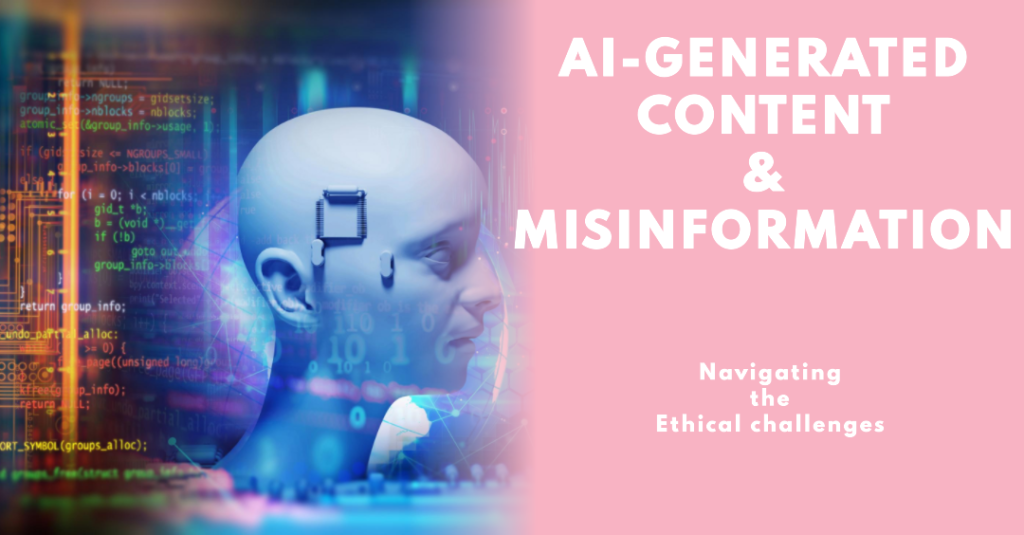
Ensuring the ethical use of AI-generated content, especially in contexts like deepfakes and misinformation, involves several strategies and considerations:
- Transparency: Clearly label AI-generated content. Users should be able to easily distinguish between content created by humans and content generated by AI. This helps in setting the right expectations and understanding the origin of the information.
- Consent and Privacy: Obtain consent from individuals whose likeness (e.g., voice, image) is used to create AI-generated content. This is crucial in preventing unauthorized use of personal attributes, especially in sensitive or personal contexts.
- Regulations and Guidelines: Adhere to legal and regulatory standards governing the use of AI. Many jurisdictions are considering or have implemented regulations that address the creation and dissemination of AI-generated content, including deepfakes.
- Ethical AI Practices: Implement and follow ethical guidelines for AI development and deployment. This includes ensuring that AI systems are fair, non-discriminatory, and do not propagate biases. Organizations like the IEEE, ACM, and others provide frameworks and guidelines for ethical AI.
- Verification Tools: Use or develop tools that can detect AI-generated content. These tools can help platforms and end-users identify manipulated content before it spreads, thus mitigating potential harm.
- Education and Awareness: Educate users about the capabilities and risks associated with AI-generated content. Understanding how AI works and recognizing its potential misuse can empower users to critically assess the content they consume.
- Content Provenance: Implement digital provenance tools that track and verify the source of digital content. This can help establish the authenticity of content circulating online.
- Industry Collaboration: Collaborate across the tech industry to develop standards and best practices for responsibly creating and sharing AI-generated content. This includes sharing knowledge about threats and defense mechanisms.
- Continuous Monitoring: Regularly review the impact of AI-generated content and adapt policies as necessary. This dynamic approach can respond to evolving technologies and misuse patterns.
These measures, collectively, can help mitigate risks associated with AI-generated content and encourage its use in a manner that is ethical, responsible, and aligned with societal values.